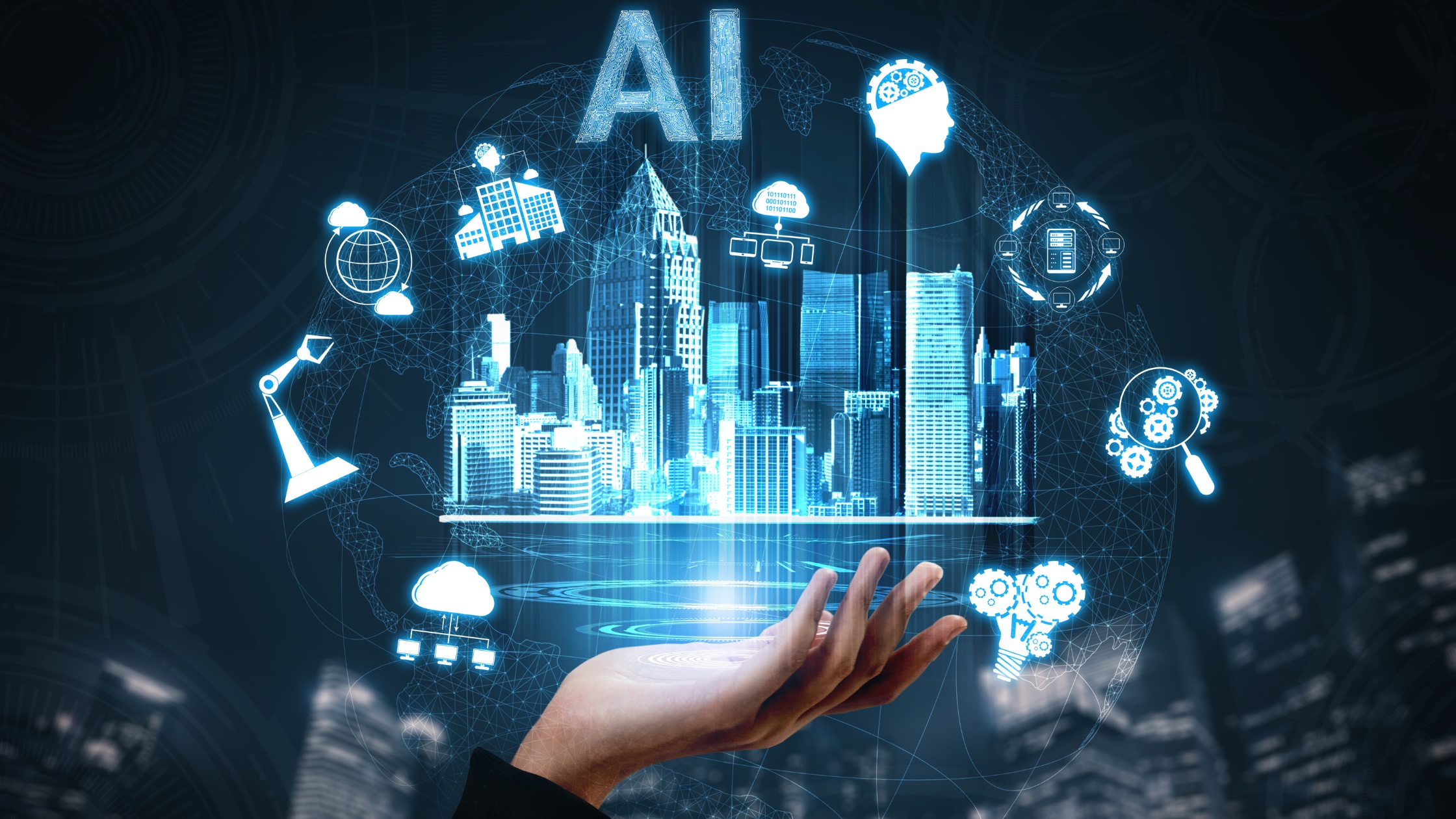Understanding AI Domains

AI (Artificial Intelligence) domains refer to the various areas or fields where AI can be applied. When it comes to extracting value from data, these systems are crucial in automating and optimizing processes to produce actionable insights.
Terms to Know
Here's a list of AI domains, which encompass various aspects and applications of artificial intelligence. These domains represent various branches of AI, each with its own unique set of challenges, techniques, and applications. Some of these domains may overlap or be interrelated, as AI technologies often involve the integration of multiple disciplines.
- Machine Learning: The study of algorithms and statistical models that enable computers to learn from and make predictions or inferences about data, thereby improving their performance without being explicitly programmed to perform the task.
- Deep Learning: A subset of machine learning that uses multi-layered artificial neural networks to model complex problems. These networks can automatically learn features and patterns from data, reducing the need for manual feature extraction.
- Natural Language Processing (NLP): The field of AI that focuses on the interaction between computers and humans through natural language. The goal of NLP is to enable computers to understand, interpret, generate, and do useful work with human language.
- Computer Vision: A domain of AI that enables computers to interpret and understand visual information from the real world, which can be in the form of images, videos, or even live feed.
- Robotics: The interdisciplinary field that integrates computer science and engineering to create and program robots, which are capable of performing complex tasks autonomously or semi-autonomously.
- Speech Recognition: The technology that enables AI systems to understand and convert spoken language into written text, useful in a variety of applications like transcription services, voice assistants, and more.
- Sentiment Analysis: The process of computationally identifying and categorizing the sentiment expressed in a piece of text, especially to determine whether the writer's attitude towards a particular topic or product is positive, negative, or neutral.
- Recommender Systems: AI systems that provide personalized recommendations to users based on user preferences, behavior, and interaction history. These systems are widely used in e-commerce, entertainment, and information retrieval platforms.
- Reinforcement Learning: A type of machine learning where an AI agent learns to make decisions by interacting with an environment. The agent receives feedback through rewards or penalties, which it uses to adjust its future actions.
- Expert Systems: AI applications designed to solve complex problems in a particular domain that would usually require human expertise. They emulate human decision-making abilities by using a knowledge base and an inference engine.
- Generative Adversarial Networks (GANs): A class of AI algorithms that consist of two neural networks — a generator and a discriminator — which compete with each other to create new, synthetic instances of data that can pass for real data.
- Anomaly Detection: The process of identifying unusual patterns, behaviors, or outliers in data, which are significantly different from the norm. It's commonly used in fraud detection, network security, healthcare, and quality control.
- AI Ethics: The discipline concerned with the moral issues and social implications arising from AI technologies. It includes considerations of privacy, fairness, transparency, accountability, and the potential impacts of AI on society.
- AI Hardware: Specialized hardware components designed to accelerate AI and machine learning workloads. This includes devices like graphics processing units (GPUs), tensor processing units (TPUs), field-programmable gate arrays (FPGAs), and neuromorphic chips.
- Human-Robot Interaction: An interdisciplinary field focusing on understanding, designing, and evaluating robotic systems for use by or with humans. It studies how humans interact and communicate with robots, with the aim of improving the effectiveness and acceptance of robots in our society.
Wrapping IT Up
These are just a few examples of the many domains in which AI is used. It’s important to keep in mind that AI is a rapidly evolving field, and new domains are continuously emerging as technology advances.
At Cimatri, we understand that this is a technology that can seem overwhelming to implement, which is why it’s important to have a plan. That’s why we specialize in artificial intelligence strategy development for associations and non-profit organizations. Our team of AI experts will work closely with your team to develop a comprehensive AI strategy that aligns with your mission, goals, and objectives. Learn more.



